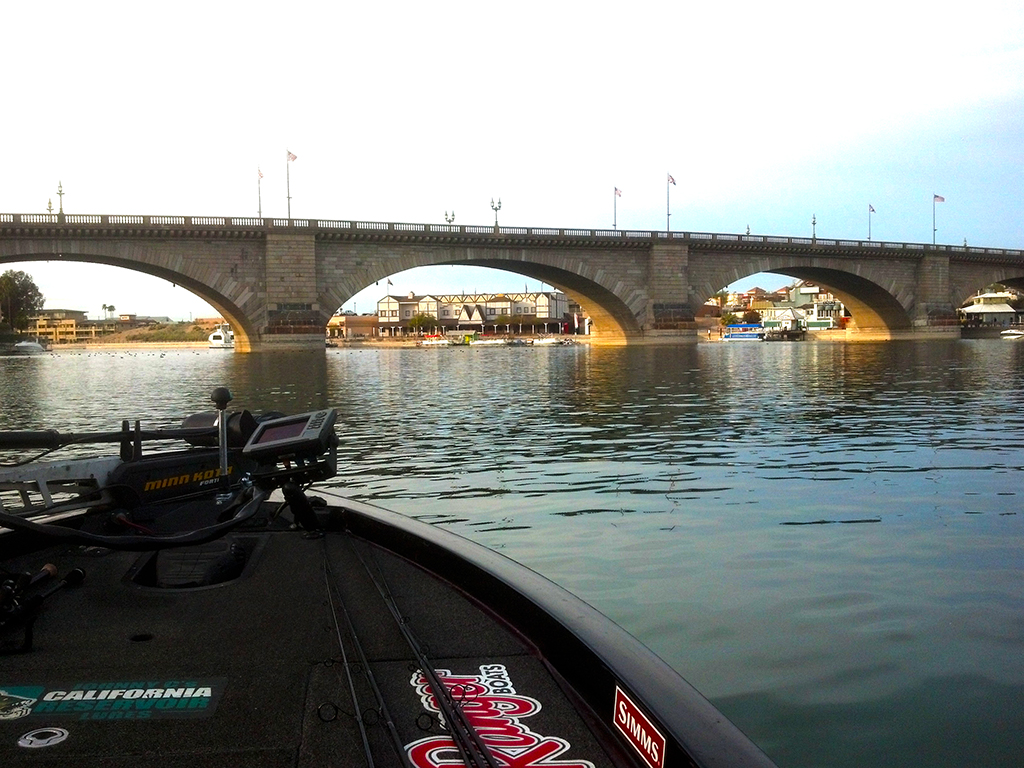Who is responsible for water quality on Texas lakes? The Texas Parks &Wildlife Department puts blame on the river authorities and the river authorities point back to the TP&WD. Who is protecting wildlife, their habitat and even human health? The answer is, sadly, NO ONE.
The agencies that have been set up by both the TP&WD and the river authorities to protect us from chemical pollution in our waters are the same agencies we should be protected from. Texas seems to be having the same problem as the state of New York; “after four years of battling the NYS Department of Conservation and the Chatauqua Lake Association, Save Our Lake Environment (SOLE) stopped the lake application of the toxic herbicide endothall by pressuring the state to follow its own rules.” Endothall, which contains the herbicide Hydrothol 191, has been found to cause massive fish kills when applied to lakes and even bears the warning, “Do not use where fish are important resources.” It seems the state of Texas needs to be regulated itself if we are to have safe recreational and drinking water. The Health Awareness and Water-Knowledge (H.A.W.K.) organization states, “there are little or no laws in the State of Texas other than following the labeling for application guidelines. THIS IS NOT AN INDICATION OF SAFETY – THIS IS THE PROBLEM. THE EPA DOES NOT DO RIGOROUS TESTING.”
Out of the cooperative efforts of concerned citizens that halted the chemical poisoning of Lake Bastrop, Better Aquatics in Texas (B.A.I.T.) was formed. B.A.I.T. is a network of Texas sportsmen, conservation, health and environmental advocates, including Bastrop County Environmental Network, Central Texas Association of Bass Clubs, Clean Water Action, Fishermen Involved in Saving Habitat (F.I.S.H.) and Health Awareness and Water Knowledge (H.A.W.K.). The organization’s primary purpose is to improve the habitat of our freshwater reservoirs.
One problem Texans have in their lakes is the overgrowth of Hydrilla and other dominating plants in the lakes causing hazardous boating conditions, fish kills and related problems. The TP&WD all too often seeks to solve this problem with total eradication of the nuisance plant with the use of grass carp, which eat the problem plant AND all the vegetation in the lake, or chemical methods. One pesticide used by the TP&WD is called 2, 4-D. This chemical is easily absorbed by foliage and quickly distributed throughout the treated plant, which dies in seven to 14 days after treatment, but it has also been traced to incidences of cancer and birth defects.
Another toxic chemical that the TP&WD uses to rid Texas lakes of unwanted vegetation is Sonar. The ingredients of Sonar includes N-Menomethyl Formamide (NMF), which can cause birth defects, Teratoger, which can cause birth defects, and Hepatoxin, which damages the liver. Dr., David Marrack, a Houston physician who heard that the TP&WD and LCRA were considering the use of Sonar in Texas waters, specifically in Lake Bastrop, says in a letter to the TP&WD, “these facts which could and should have been known by Texas Parks and Wildlife And LCRA ought to have eliminated any consideration of the use of Sonar in this State’s waters….”
Therefore, the need for organizations like B.A.I.T. and H.A.W.K. are very real indeed! B.A.I.T. supports the use of non-chemical methods to control Hydrilla and other nuisance weeds in our lakes. They are also “further resolved that grass carp are the least acceptable method of non-chemical control and should be used in bodies of water from which they cannot escape and in the proper stocking rate to maintain the ecosystem.” They want to change the policies and the prescription-writing practices of the TP&WD for Hydrilla and other noxious weeds from total eradication to the use of non-chemical control methods.
B.A.I.T. relies on the generally accepted principles of Integrated Pest Management for protection of the environment. Integrated Pest Management is the “coordinated use of pest and environmental information with available pest control methods to prevent unacceptable levels of pest damage by the most economical means, and with the least possible hazard to people, property and the environment.” These principles include “1) strategies that rely on the best combination of pest management tactics that are compatible with human health and environmental protection, 2) the use of non-chemical management strategies whenever practical, and 3) the preferential use of least-toxic chemical controls when pesticides are needed.”
As a frequenter of Texas fresh waterways, I am very glad B.A.I.T. and H.A.W.K. are out there watching out for my health interests! The use of chemicals without
discretion is getting way out of hand and all of these organizations need our support! To contact B.A.I.T. and H.A.W.K., write to 728 Lake Placid Dr., Seguin, TX 78155, or call 830-303-4717. You can also e-mail the President of H.A.W.K., Robin Richardson at rrichar315@aol.com. – Lake Havasu

